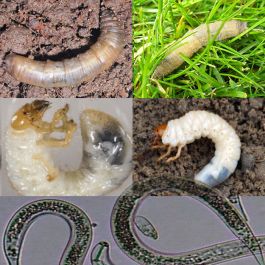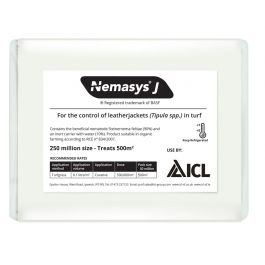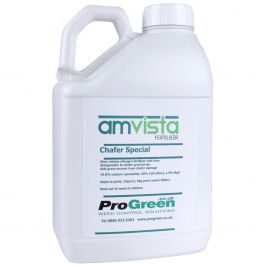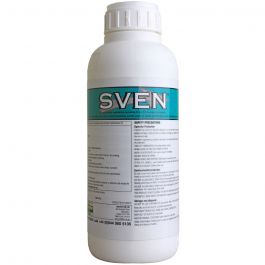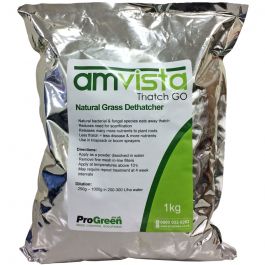Leatherjacket Insect Control
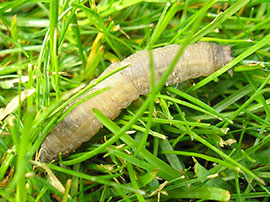
What is a Leatherjacket Insect?
Another pest that can severely damage lawns or turf is the leatherjacket. These pests are the larvae stage of the crane fly or daddy-longlegs which live in the soil at the rooting depth of grass.
Key Facts:
- Common names: Leatherjackets
- Scientific names: Tipula spp.
- Plants affected: Lawns & Turf
- Main symptoms: Lawns turn yellow or brown patches with grass seedlings collapsing at soil level – leatherjacket grubs found in soil
- Most active: Grubs: October-June; Adult flies: August-October
Have you got a leatherjacket problem?
- Leatherjacket grubs have long tubular bodies of about 30mm in length, and are greyish brown with no legs or distinct head
- Adult crane flies or daddy-longlegs actively lay eggs in the soil surface from August to October
- Eggs hatch a few weeks after they have been laid and these young leatherjackets start to feed on plant roots as long as conditions are mild enough
- Look out for patches of yellowish or brown lawn. You can rule out the effects of lawn disease or waterlogging by lifting up the turf and finding leatherjackets as described above. When fully grown, the leatherjackets grubs pupate in the soil. When the adult crane fly emerges, the pupal case is often partly pulled out of the ground and left sticking up above the lawn surface.
- Another method is to soak the lawn with water and covering it with material impervious to light, such as black polythene. The next day large numbers of leatherjacket grubs can be found on the lawn surface under the cover
- Crows, magpies, rooks and starlings will actively hunt for leatherjackets in turf. These birds can leave small round holes in the turf where they have inserted their beaks. These birds can also search out for chafer grubs in a similar way
- Damage can also be seen in flower beds or vegetable plots. Seedlings and small plants can be killed when the stems are damaged at soil level
How to Control Leatherjackets:
Effective biological control can be acheived using Nematodes (microscopic worms) which go out and actively hunt down leather jacket larvae. These nematodes are carriers of bacteria which is harmful to the Leather jacket larva. These natural non-pesticide alternatives are completely safe to humans and pets with no exclusion period after application.
Use Nemasys J to control the chafer larvae with convenient 100m2 or 500m2 packs sizes available.
Detailed information on how to deatil with Leatherjackets can be found in this downloadable guide.
Maximise your control:
- It is important that soil temperatures 10oC or higher to support nematode activity. Soil temperatures can be accurately measured by using a soil probe thermometer
- Nemasys J targets young leather jackets and should be applied from 1 week after adult crane fly are seen. The traditionally has been August and September, but regional differences and warmer conditions can affect this timing.
- Soils should be moist both before, during and after application of Nemasys products for effective results. Application applied during the rain are very effective and early morning or evening applications are preferred.
- When removing from a fridge, allow the nematodes top reach room temperature before application to avoid “shocking” the nematodes.
- High levels of thatch in the turf can also be detrimental by preventing nematodes reaching the soil. Thatch levels can be reduced by standard cultural and physical methods such as scarifying and also helped by using products such as Amvista Thatch GO.
- As an extra integrated control measure, there is now evidence that treating the affected lawn or turf with a slow release, nitrogen based fertiliser containing calcium cyanamide, aids recovery of leather jackets damaged lawns and turf by the metabolites damaging the leather jacket larvae such Amvista Chafer Special.
- Adult crane flies can be controlled by applications of Sven, the only insecticide approved in grassland. This must be sprayed when crane-flies are active and must be applied in very high water volumes.


